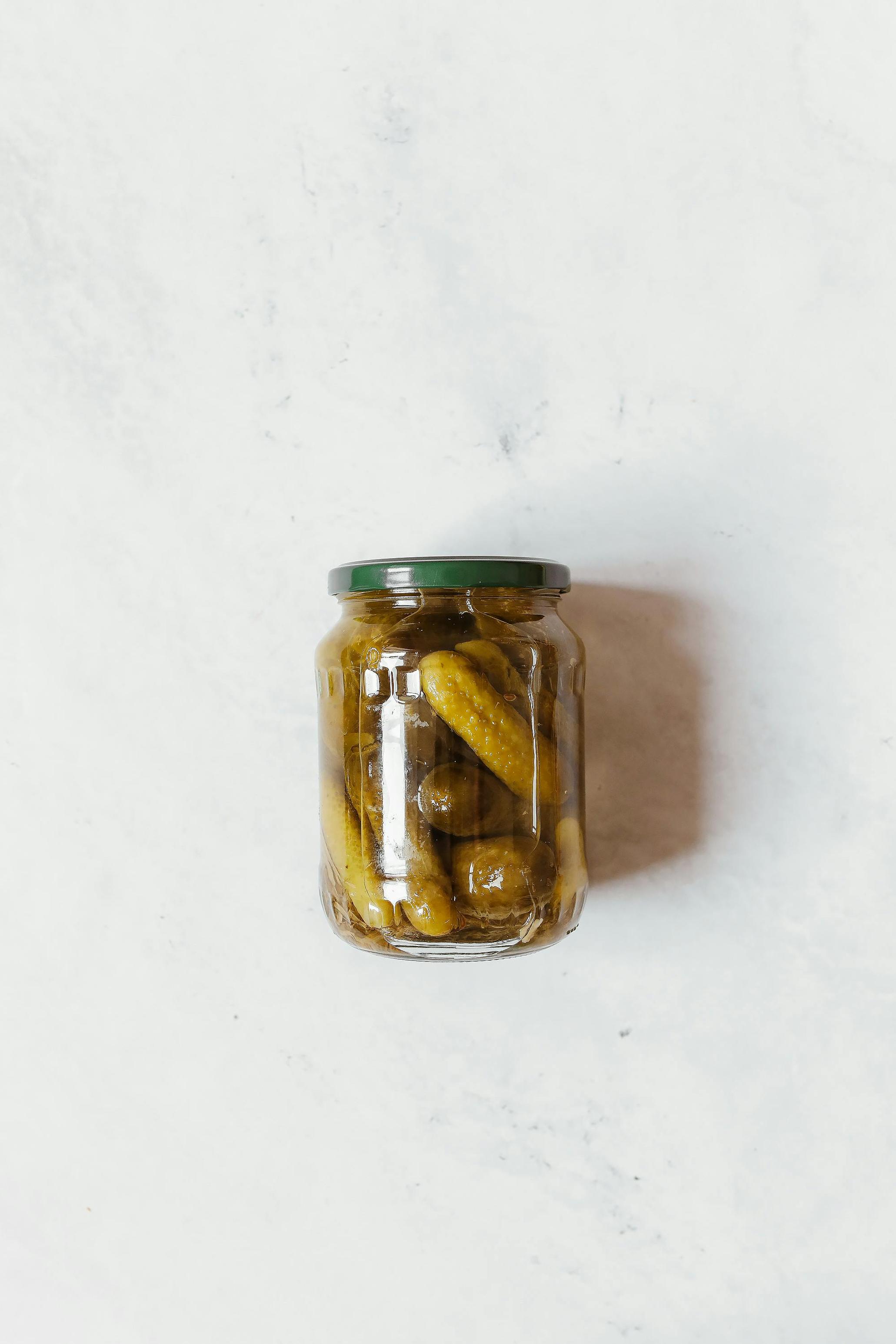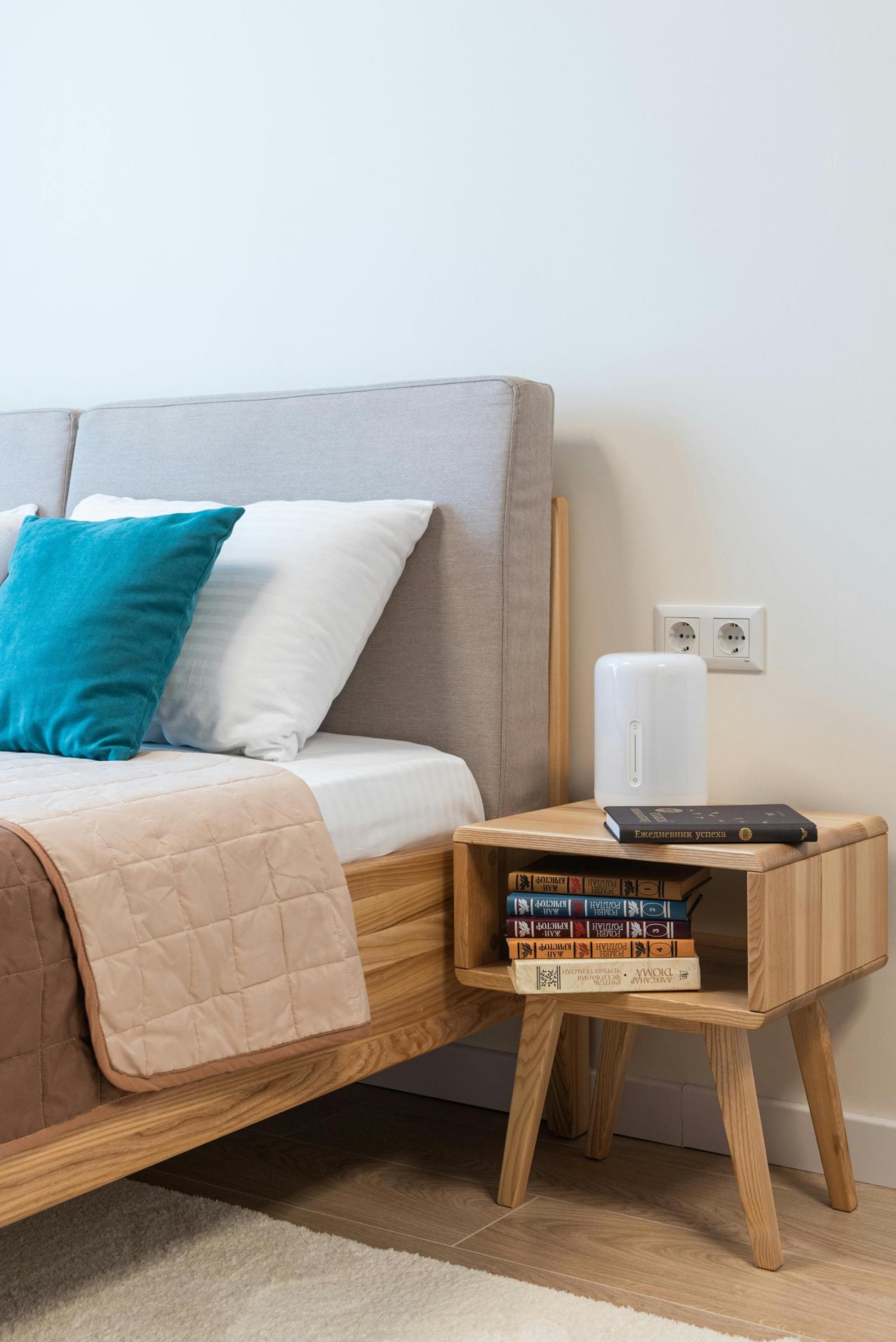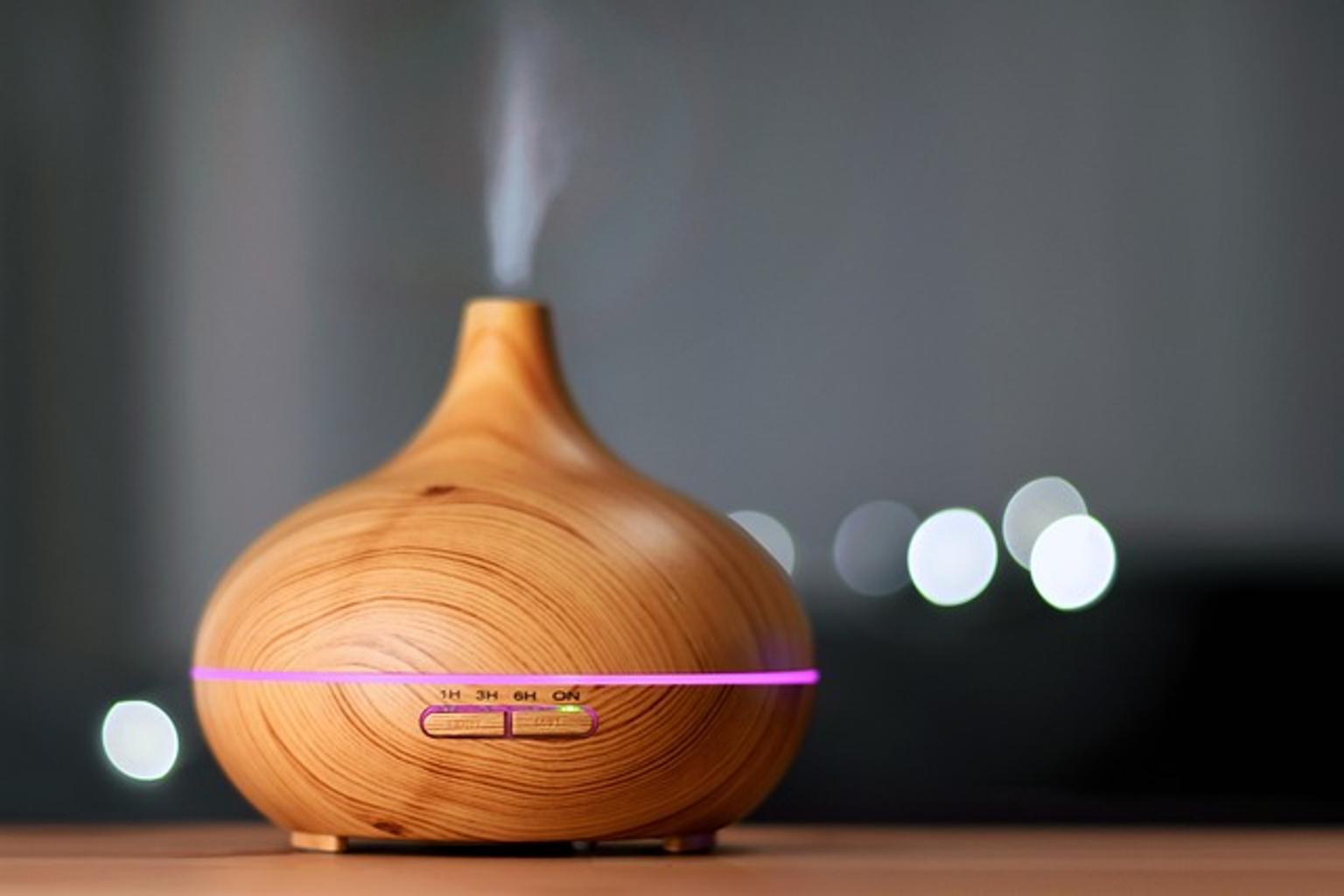How to Clean Humidifier with Vinegar: A Comprehensive Guide
Introduction
Humidifiers play a vital role in counteracting dry air, especially during the cold winter months. They provide relief for sensitive skin and ease respiratory discomfort. However, a neglected humidifier can become a breeding ground for bacteria and mold, leading to poor air quality. That’s why routine cleaning, particularly with vinegar, is essential to maintain hygiene and ensure the device’s efficiency. In this guide, you’ll learn the importance of regular cleaning and follow easy steps to use vinegar, a natural and economical cleaner, to keep your humidifier in optimal condition.

Why Regular Cleaning is Essential
Regular cleaning of your humidifier prevents the build-up of bacteria and mold. These microorganisms thrive in moist environments, potentially causing respiratory problems for users. Additionally, mineral deposits from the water can accumulate, impairing your machine’s performance. Frequent maintenance extends the life of your humidifier, ensuring you breathe clean air and maximize your investment.
Neglecting cleaning can lead to malfunctioning components, reduced efficiency, and higher electricity usage as the machine struggles to operate properly. Clean internals minimize wear and tear, making it a cost-effective practice over time. Therefore, regular cleaning is more than a hygiene measure—it’s crucial for health, efficiency, and economy.
Materials Needed
Before starting, gather the following materials:
- White vinegar
- Baking soda (for deep cleaning)
- Soft brush or toothbrush
- Clean, dry cloth or paper towels
- Warm water
- Small bowl or container
Having these materials ready will streamline the cleaning process, making it quicker and more effective.

Step-by-Step Cleaning Process
Unplug and Disassemble
- Unplug the Humidifier: Ensure safety by unplugging the unit before starting.
- Disassemble the Parts: Carefully take apart the detachable sections—usually the water tank, filter, and base.
Soak in Vinegar Solution
- Prepare the Solution: Mix equal parts of white vinegar and warm water in a container.
- Soak the Parts: Submerge the smaller parts in this solution for about 30 minutes to dissolve grime and mineral deposits.
Scrub and Rinse Parts
- Scrub Gently: Use a soft brush or toothbrush to remove any grime and mineral deposits that have loosened during the soak.
- Rinse Thoroughly: Rinse all parts with clean water to remove vinegar residue.
- Dry Completely: Using a clean cloth or paper towels, dry all components thoroughly before reassembly.
Reassemble and Test
- Reassemble Carefully: Put all parts back together according to the manufacturer’s instructions.
- Test the Unit: Plug the humidifier back in and make sure it’s working correctly, ensuring no leftover vinegar smell or reduced performance.
Deep Cleaning for Stubborn Build-Up
Sometimes regular cleaning isn’t enough for stubborn deposits. In such cases, a deeper clean is required.
Using Vinegar and Baking Soda
- Create a Paste: Mix vinegar and baking soda to form a paste.
- Apply the Paste: Spread this paste on the affected areas and let it sit for 15 minutes.
- Scrub and Rinse: Scrub the area and rinse clean, ensuring no residue remains.
Dealing with Hard Water Deposits
- Vinegar Soak: Soak parts in pure white vinegar for at least an hour.
- Rinse and Dry: Rinse thoroughly and dry to ensure all vinegar and deposits are removed.
Routine Maintenance Tips
To maintain a clean humidifier and ensure it runs efficiently:
Daily Habits
- Empty the Tank: Drain and rinse the water tank daily to prevent stagnant water.
- Dry Thoroughly: Wipe the tank dry to hinder microbial growth.
Weekly Maintenance
- Full Disassemble and Cleaning: Follow the step-by-step cleaning process weekly, even if the humidifier looks clean.
- Inspect for Wear and Tear: Check for any signs of wear or damage to address potential issues early.
Using Distilled Water
- Preventing Mineral Build-Up: Use distilled water to significantly reduce mineral deposits and prolong the life of the machine.
- Enhanced Efficiency: Distilled water ensures smoother operation and fewer residues, making routine cleaning easier.

Troubleshooting Common Issues
If issues persist despite regular cleaning, consider the following tips:
Persistent Odors
- Thorough Cleaning: Ensure every nook is cleaned and consider soaking the parts for longer periods in vinegar.
White Dust
- Use Distilled Water: This minimizes mineral deposits, which are often the cause of white dust.
Reduced Humidity Output
- Check for Blockages: Mineral build-up may block the humidifier’s output—ensure all parts are thoroughly cleaned and clear.
Conclusion
Maintaining your humidifier with vinegar is a highly effective, natural, and budget-friendly method to ensure it runs smoothly and emits pure, clean vapor. Routine and deep cleaning not only extend the life of the appliance but also protect your health by preventing the growth of bacteria and mold. By incorporating these steps and tips into your regular maintenance routine, you will ensure optimal functioning of your humidifier, contributing to a healthier living environment.
Frequently Asked Questions
Is vinegar safe for all types of humidifiers?
Yes, vinegar is safe for most humidifiers. However, always check the manufacturer’s manual for specific cleaning recommendations to avoid damage.
How often should I clean my humidifier with vinegar?
A regular weekly cleaning with vinegar is recommended, with daily rinses and drying to maintain hygiene and efficiency.
What should I do if there is still a smell after cleaning?
If a vinegar smell persists, rinse the parts thoroughly with clean water and allow them to air out completely before reassembling and using the humidifier.
